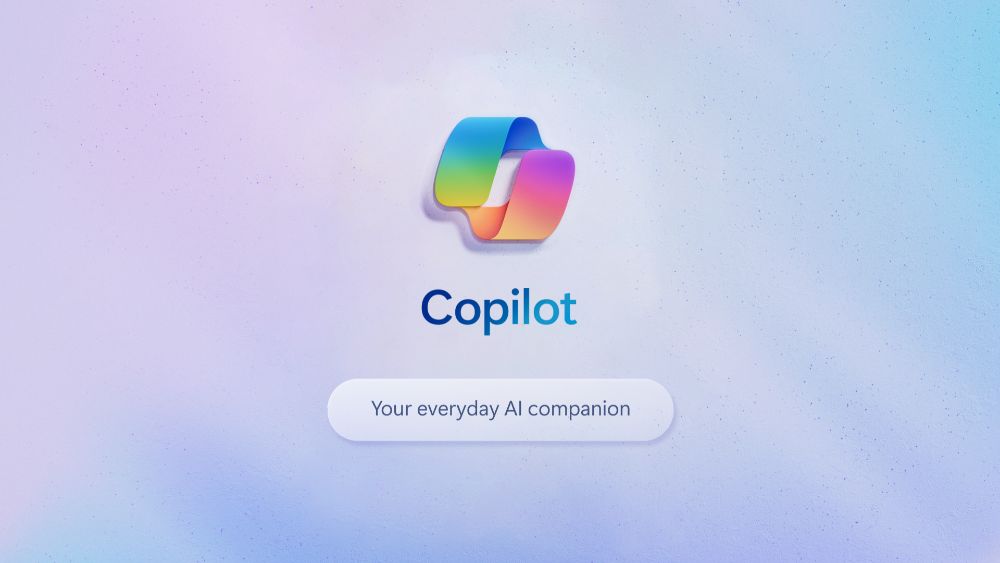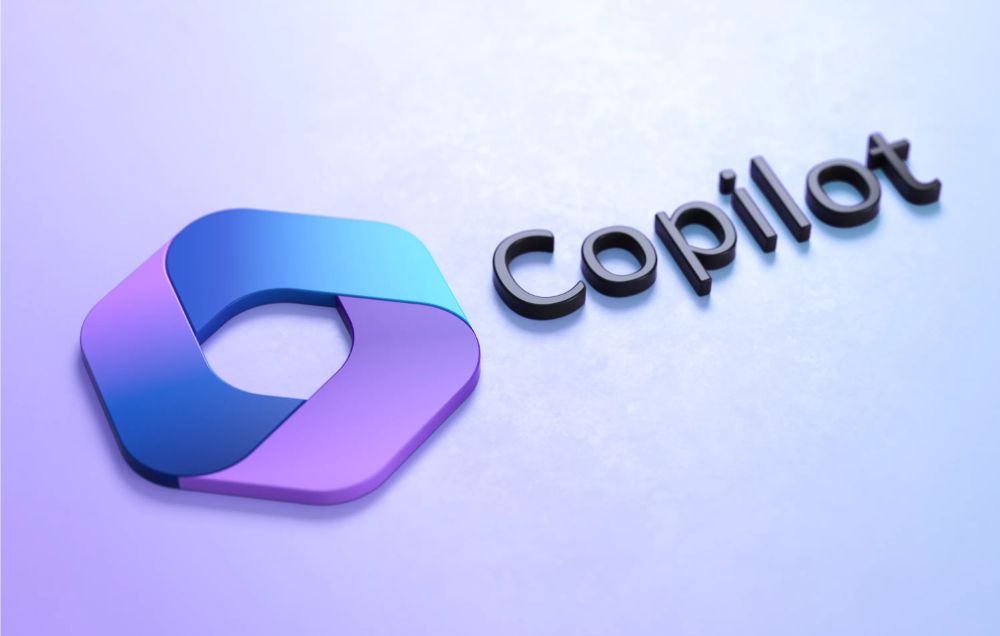Microsoft has discreetly introduced a dedicated Copilot app for Android, now available on the Google Play Store. This standalone app provides access to Microsoft’s AI-powered Copilot without requiring the Bing mobile app. The Android version has been available for almost a week, while an iOS counterpart is not yet released.

The Copilot app on Android closely resembles ChatGPT, featuring chatbot capabilities, image generation using DALL-E 3, and the ability to draft text for emails and documents. Notably, it offers free access to OpenAI’s latest GPT-4 model, a feature that typically requires payment when using ChatGPT.
The launch of the Copilot app for Android follows Microsoft’s rebranding of Bing Chat to Copilot a month ago. Initially integrated into Bing search results, Copilot has now become a more independent experience, accessible through its dedicated domain at co-pilot.microsoft.com. The move to introduce mobile apps for Copilot aligns with this transition, especially as Bing Chat Enterprise was also renamed to Copilot. Although there is currently no iOS version of Copilot, it is anticipated to be released soon. In the meantime, iOS users can utilize the Bing app to access existing Copilot features.

Functionally, the Copilot app mirrors the features of the ChatGPT Android App launched earlier this year, enabling chatbot interactions, image creation with DALL-E 3, and assistance in writing emails and documents. The app also grants free access to OpenAI’s GPT-4 model, which typically requires a subscription on ChatGPT. Users can provide voice inputs, as well as incorporate images and text into the app.
The transformation of Copilot into a separate platform is evident in these new mobile apps, complementing the recent rebranding of Bing Chat Enterprise to Copilot. While the iOS version is currently pending, users on Apple devices can utilize the Bing app for Copilot features on iPhones and iPads.

Shifting focus, the article briefly touches on the historical significance of Apple’s Macintosh and its predecessor, Lisa, highlighting Lisa’s clever interface design that played a crucial role in welcoming users to the personal computer era. However, it poses a question about whether advancements in technologies like AR, VR, and AI chatbots signal a departure from Lisa’s legacy.
